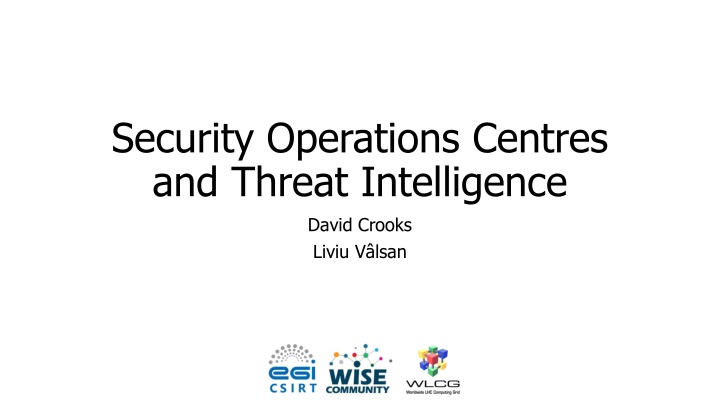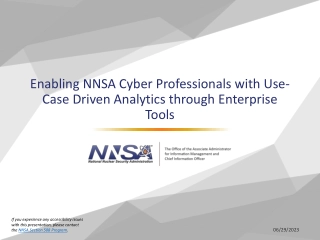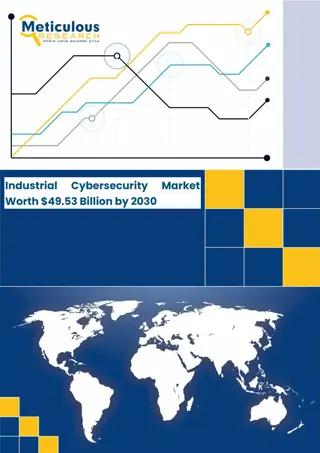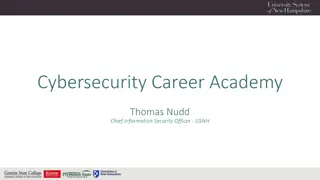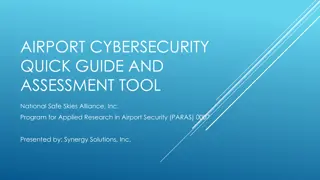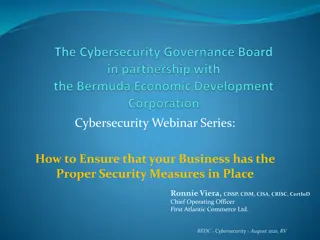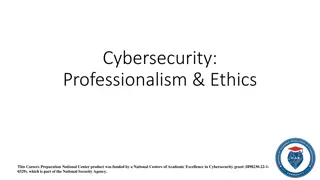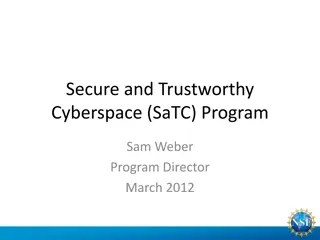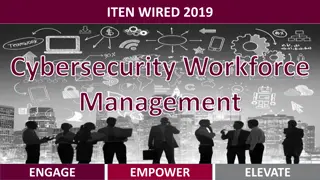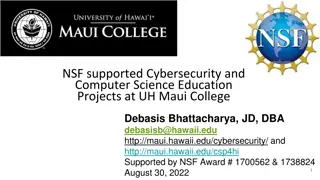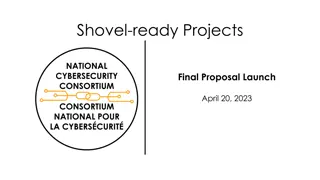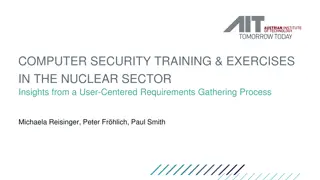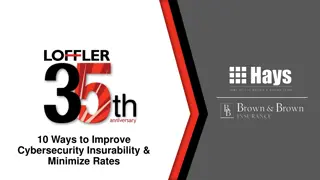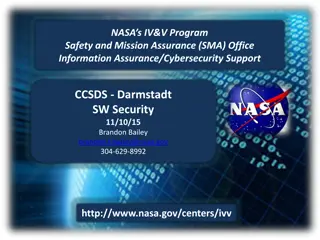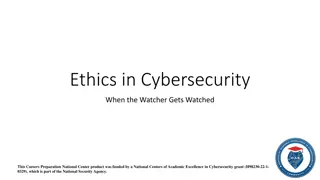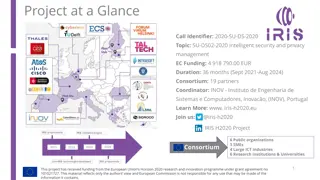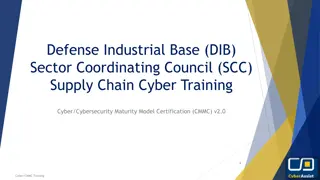Enhancing Cybersecurity Collaboration in Academic Computing
Exploring the importance of sharing threat intelligence within the academic computing community, focusing on the motivation, benefits, and initial models implemented by the WLCG. The discussion highlights the need for trusted partnerships, cooperation between grid and campus teams, and the current status of site deployments synced to the WLCG instance.
Download Presentation

Please find below an Image/Link to download the presentation.
The content on the website is provided AS IS for your information and personal use only. It may not be sold, licensed, or shared on other websites without obtaining consent from the author.If you encounter any issues during the download, it is possible that the publisher has removed the file from their server.
You are allowed to download the files provided on this website for personal or commercial use, subject to the condition that they are used lawfully. All files are the property of their respective owners.
The content on the website is provided AS IS for your information and personal use only. It may not be sold, licensed, or shared on other websites without obtaining consent from the author.
E N D
Presentation Transcript
Security Operations Centres and Threat Intelligence David Crooks Liviu V lsan
Motivation The future of academic computing security Romain Wartel, CHEP2016
Motivation Adversaries are motivated and well funded Cybercrime Better funded than us Malware as a Service (MaaS) Ransomware Straightforward to spend a few dollars for a DoS What do we have? Our community
Motivation Within a given community (such as the WLCG), we see similar threats from similar actors Acting together, we can establish common response mechanisms and support each other By sharing threat intelligence we can better inform fellow sites to take action Active (firewall blocks) Passive (awareness and improved response)
Motivation Grid and campus teams Traditionally, haven t always worked together Additional benefit of threat intelligence Provide route to increase cooperation Grid team has intelligence Campus team has access to deeper (network) monitoring
Introduction Key element: sharing between trusted parties How to achieve this? WLCG already has a level of trust both via assertion I trust this organization so I trust this site years of effort
WLCG MISP instance Initial sharing model Hub and spoke Benefit from CERN trust frameworks and experience TLP: GREEN and TLP:WHITE For now Available to people via CERN SSO CERN accounts Federated ID with SIRTFI https://refeds.org/sirtfi
WLCG MISP instance Start with sites pulling event data from WLCG instance Via web app (visually inspect data) API client (direct to IDS)
Current status Currently have a handful of sites that have synced to WLCG instance Most deployments in development phase Following SOC Workshop in February focus on threat intelligence
Conclusion The technology to share intelligence already exists and is mature In use in many communities already We can benefit from this! Need to work on the social and political process Use the SOC WG as a forum for this
PocketSOC PocketSOC is intended as Demonstration of the individual components in the SOC initial model Testbed for adding new components (recently Elastiflow) Docker cluster, orchestrated with docker-compose Generally follows installation guides from wlcg-soc-wg- docs wherever possible
Contact details Main working group page https://wlcg-soc-wg.web.cern.ch Documentation https://wlcg-soc-wg-doc.web.cern.ch PocketSOC https://gitlab.cern.ch/wlcg-soc-wg/PocketSOC
